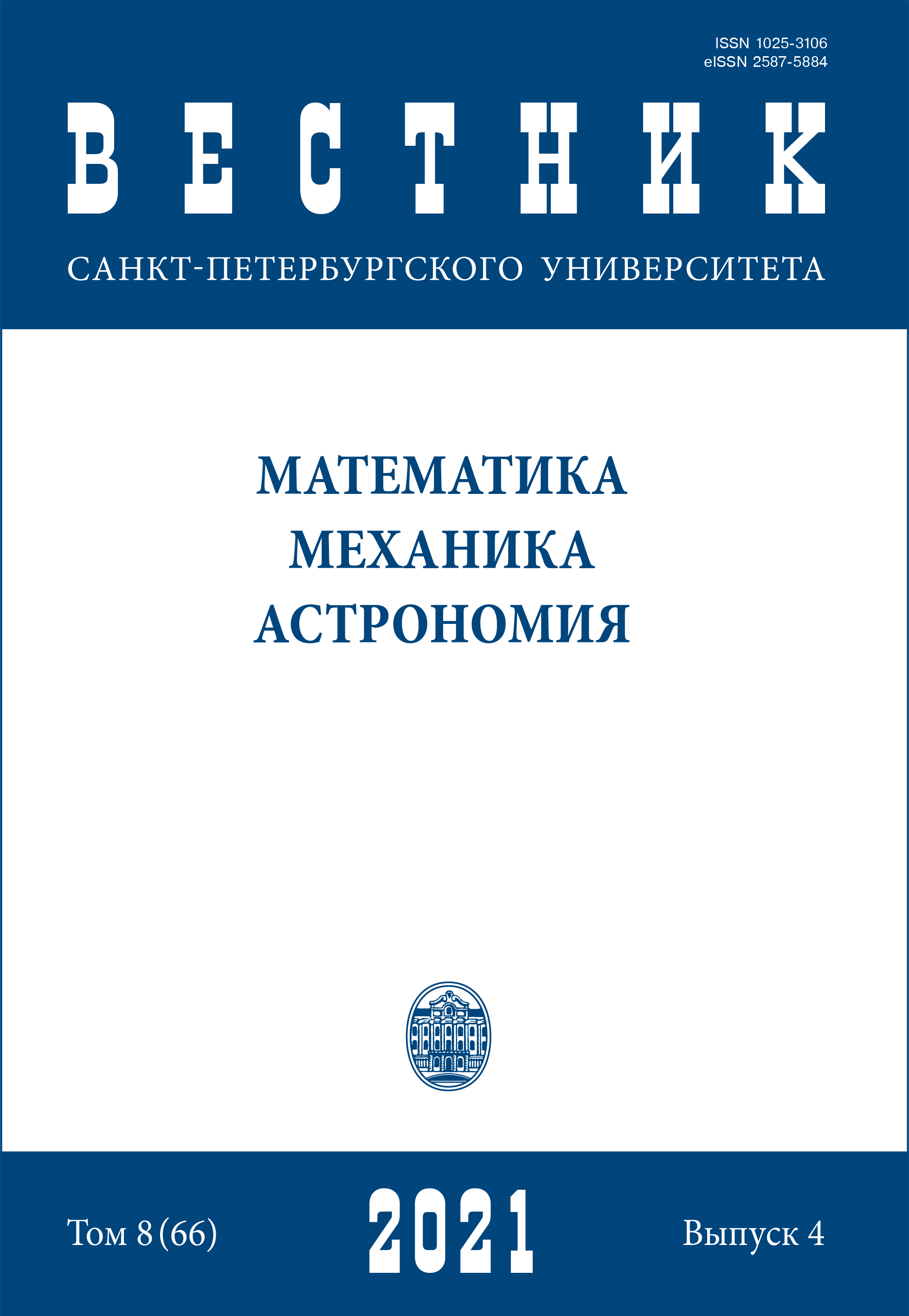The numerical simulation of air heating dynamics by interelectrode discharge
DOI:
https://doi.org/10.21638/spbu01.2021.414Abstract
In the paper the first 200 ns of the air pulsed interelectrode discharge with gasdynamics dynamics is considered. Exactly this first step of the discharge evolution is the most interesting for obtaining the properties of heat power input in the interelectrode gap. The data about heating of layers near the cathode and the anode, volume heating at the end of the first step are presented. The spherical shock wave is produced near the cathode.Keywords:
impulse interelectrode discharge, plasma, simulation, air, thermal physics
Downloads
References
Литература
References
Downloads
Published
How to Cite
Issue
Section
License
Articles of "Vestnik of Saint Petersburg University. Mathematics. Mechanics. Astronomy" are open access distributed under the terms of the License Agreement with Saint Petersburg State University, which permits to the authors unrestricted distribution and self-archiving free of charge.




